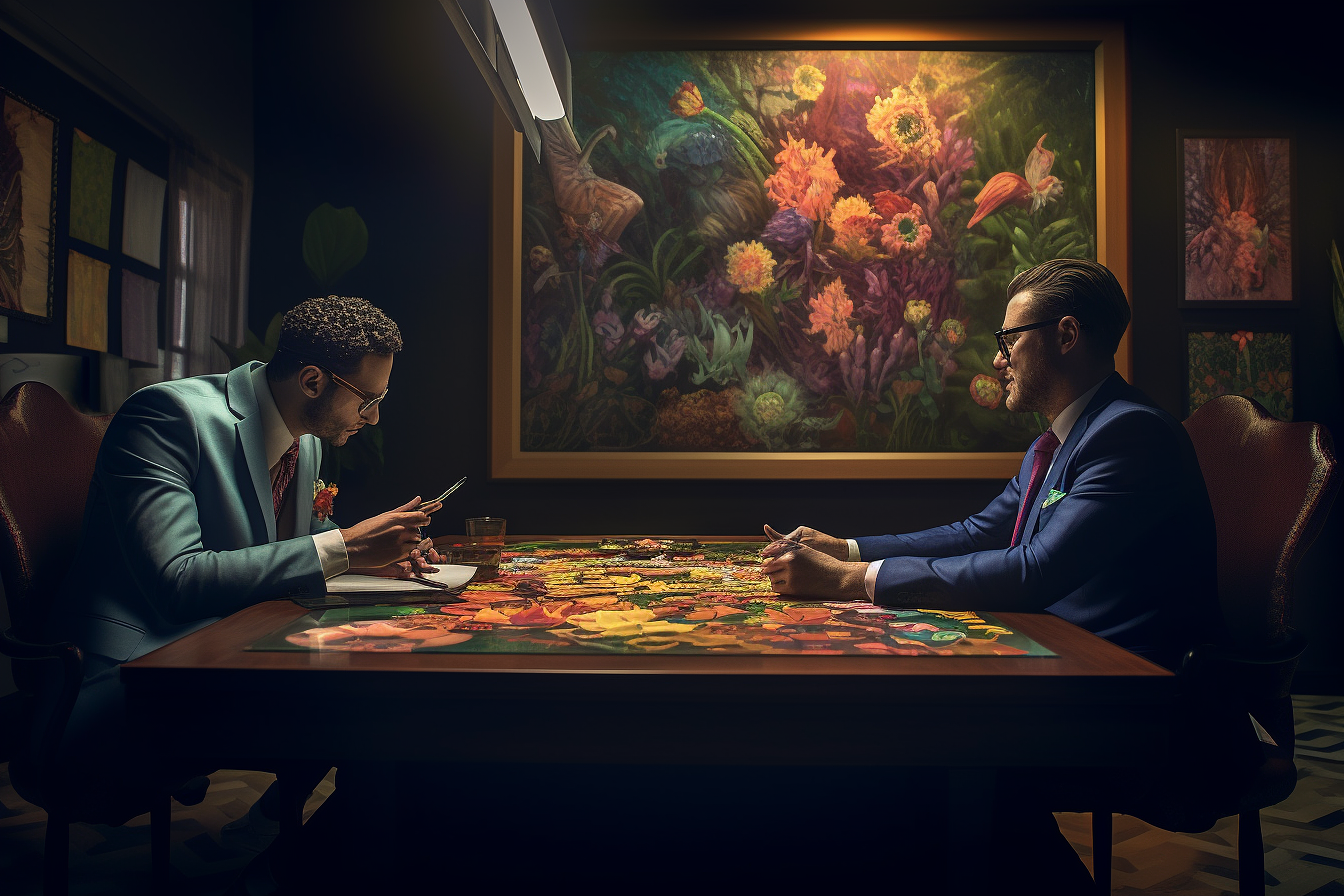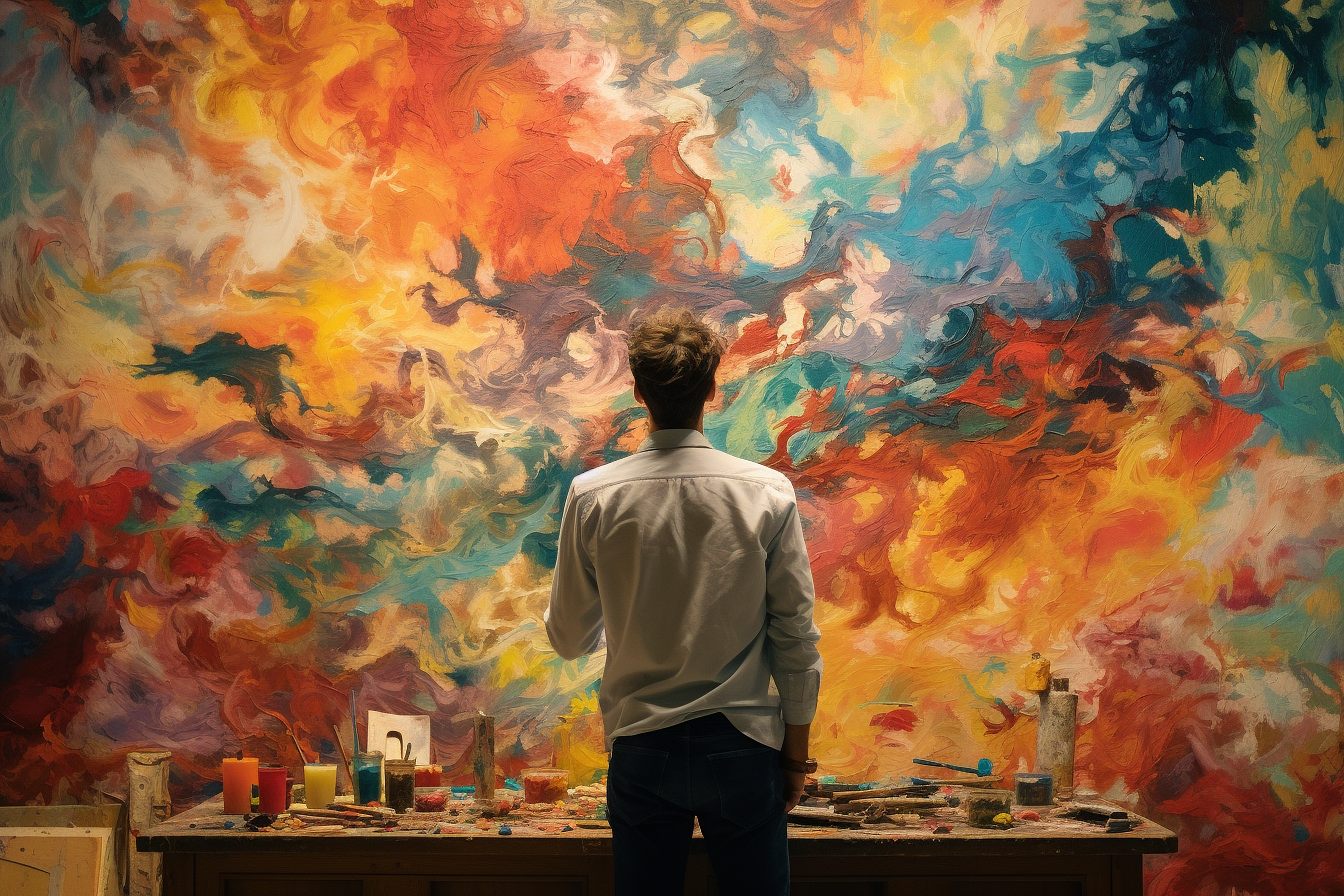
Business In Archviz
Your client is always right, but they might be misinformed
My client ruined my images!
I remember thinking that a few times a while ago when I ended making weird adjustments to images that didn't make sense to me.
I also remember reading it regularly on forums everytime artists were bitching about their clients' decisions on some details in the image.
This also was the topic of the conversation I had with Federico on his podcast There's something about archviz. Educating the client. A big endeavour.
Still, before attempting to educate anybody, it's always good to reframe the problem properly, because most of the time, the first person that needs educating, is the artist themself.
Your client is always right
This is a simple truth, but it's good to internalize it as soon as possible because it will simply make all the decision process much easier later down the road.
Your client is always right. Because they are, theoretically, the one with the best and most accurate understanding of the project.
You on the other hand, generally arrive on the last few weeks, eager to make cute images, sometimes too eager to the point that you skip the most important part of the project : understanding your client and their project.
Because, after all, what your client is paying for, is not some cute images of their project, but specific images, that depict specific, often crucial, aspects of their projects, so that the end viewer (a client, a jury, or potential buyer) is in awe and throws their money at the project.
This is a distinction I often make between beautiful images and successful images. Artists focus on the former, while clients are paying you for the latter.
And this disconnect can lead to some frustration for both parties, which is lame, isn't it?
But they might be misinformed
Now, don't get me wrong, your client might indeed be ruining your images with poor decisions.
Pushing that blue sky at 150% saturation might not be the best idea, or adding those people looking straight in your face in the foreground will most probably not help the viewer focus on the project.
While your client supposedly has the most comprehensive understanding of their project, you, on the other hand, are supposed to have a comprehensive understanding of what it takes to make an image work.
The problem is, I'm pretty sure you're either not taking the time to explain any of this, or you're presenting it while staying in your shoes instead of putting yourself in your client's shoes.
At the end of the day, what the client wants is what you want. To make a nice image that conveys what matters. And your job is to help them make that image, and to walk them through the decision process that leads to a specific outcome.
Having your client's input regularly is fine, and they will often make proposals of "solutions". But it's your job to reframe the conversation, and to inform them of the consequence their proposal has on the image, and how it benefits, or hinders its overall impact on the end viewer. But you have to base that off of their goal, not off of yours.
In the end, the only person you can blame for your client being so misinformed, is yourself. Because it litterally is your job to give them all the keys in taking decisions.
Funnily enough, if you know something is wrong, but can't explain why and convince someone of why it's wrong, and why your solution is better than theirs, the problem is actually you. Maybe you're actually wrong. Or maybe you don't know enough in order to get people on your side. Either way you're lacking knowledge.
This helps me to circle back to another article I wrote recently, why focusing on tech will only take you so far, that emphasize the long-term consequence of focusing on the wrong things when trying to improve in the field of archviz. Because you can't justify composition or communication decisions based on simple software knowledge. And you generally don't have discussions with your client about the technical aspects of things, because they just don't care.
If you're able to make great photorealistic images but don't know shit about art theory, then your clients will always take the decisions, they will never listen to you, because you simply don't know enough to actually lead the conversation.
Inform yourself first
When I do portfolio critiques for students I ask them what they were trying to show in each image. Generally speaking, it's impossible to make an image if you don't have a clue about what you're trying to do. And surprisingly enough, it happens that students don't really have a clear idea of what they are trying to achieve in their image, or concepts so basic that there could be millions of other options to get the same result. Therefore they don't even have the grounding in order to support their decisions regarding creative directions, because there is no composition without clear intent.
Having a properly identified intent is the best way to have a proper strategy for composition, and therefore proper arguments when having a discussion about the image with your client.
Luckily for us, when working for clients, the intent is already given to use by the client (although sometimes we have to fish for it a little).
All this to say, before blaming others for not taking the right decisions, you need to first assess how good are your arguments at supporting your stance.
Would you be willing to alter your perspective on the composition of an image if your conviction in a particular approach was met with only another person's opinion as an opposing viewpoint?
Nope. We want more unbiased footings to take decisions.
In the end, and this is something that is becoming more and more true as technology evolve : what matters the most in archviz is understanding the principles that underly effective composition, and understanding the proper way of communicating with your clients.
All other elements are considered 'nice-to-haves,' rather than 'must-haves.'
Hope this will help some of you to focus on the right things :)
Cheers
Simon
Simon
PS : If you want to learn the ins and outs of composition (there is more than grid systems and balance concepts believe me), check out my course
You must be logged in to post a comment. Login here.
About this article
It is a common trope to hear artists complain about clients ruining their images, that they didn’t have the right ideas for the image, and that if they listened to the artist, they would be a millionaire now. Problem is, the client is always right. They might just be a bit misinformed.
visibility306
favorite_border1
mode_comment0







